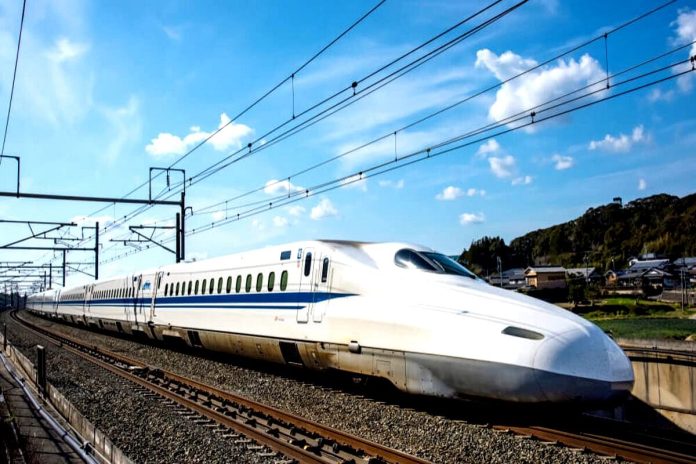The Delhi–Amritsar High-Speed Rail project includes a 465-km-long route that will establish a connection between Delhi, Chandigarh, and Amritsar, with 14 stations along the way.
Once the socio-economic survey is completed, the acquisition of land for the corridor will commence.
The Union Ministry of Railways launched a socio-economic survey in Punjab to facilitate the construction of the Delhi-Chandigarh-Amritsar high-speed railway corridor.
Once the socio-economic survey is completed, the acquisition of land for the corridor will commence.
IIM-Research in New Delhi has been assigned the task for the survey of the corridor, reports Indian Express.
The high-speed rail will have a dedicated corridor and feature a dedicated 55-feet wide railway track for bullet trains travelling at a speed of 320 km per hour.
To carry out the survey, IIM-Research has established 12 teams and deployed them in Fatehgarh Sahib and Mohali districts earlier this week. These teams will engage with the residents whose land is likely to be acquired for the project.
According to a representative of IIM-Research, during the initially conducted survey, efforts were made to determine if the proposed land acquisition would include houses, tubewells, and trees.
The survey also aimed to assess if the residents, whose land was to be acquired, relied on this piece of land for their livelihood. The primary focus of the acquisition was agricultural land, and the final decision would take all these factors into consideration.
The project involves the acquisition of land from a total of 365 villages. A separate survey is being conducted in Mohali to determine the feasibility of establishing a railway station in consideration with the dedicated corridor for the high-speed rail.
India’s High-Speed Rail Network
The Delhi–Amritsar High-Speed Rail project includes a 465-km long route that will establish a connection between Delhi, Chandigarh, and Amritsar, with 14 stations along the way.
This dual-track system is designed to facilitate an average train speed of 250 km per hour, resulting in a journey lasting just over two and a half hours.
The track will adopt the standard gauge and will be constructed in an elevated (20 feet above ground), underground, and at-grade configuration, featuring fencing on both sides for safety.
The high-speed train is proposed to originate from Dwarka in Delhi and make stops at Sonepat, Panipat, Kukurshetra, Ambala, Mohali, Ludhiana, Jalandhar, and Amritsar.
This rail corridor is part of India’s proposed network of high-speed rail network connecting major cities, including Mumbai, Ahmedabad, New Delhi, Chennai, and Kolkata.
As per earlier reports, Rajesh Prasad, Director of Operations at Rail Vikas Nigam Ltd (RVNL), revealed that feasibility reports have been conducted for high-speed corridors linking New Delhi to Kolkata, New Delhi to Mumbai, Mumbai to Chennai, and Delhi to Amritsar via Chandigarh.
Currently, the Mumbai-Ahmedabad bullet train corridor is under execution. The National High-Speed Rail Corporation Ltd, a 100 per cent subsidiary of RVNL has undertaken the development.
The high-speed rail operating at 320 kmph will traverse along west India’s landscape, covering a 508.17 km distance between Mumbai and Ahmedabad in just about two hours.


